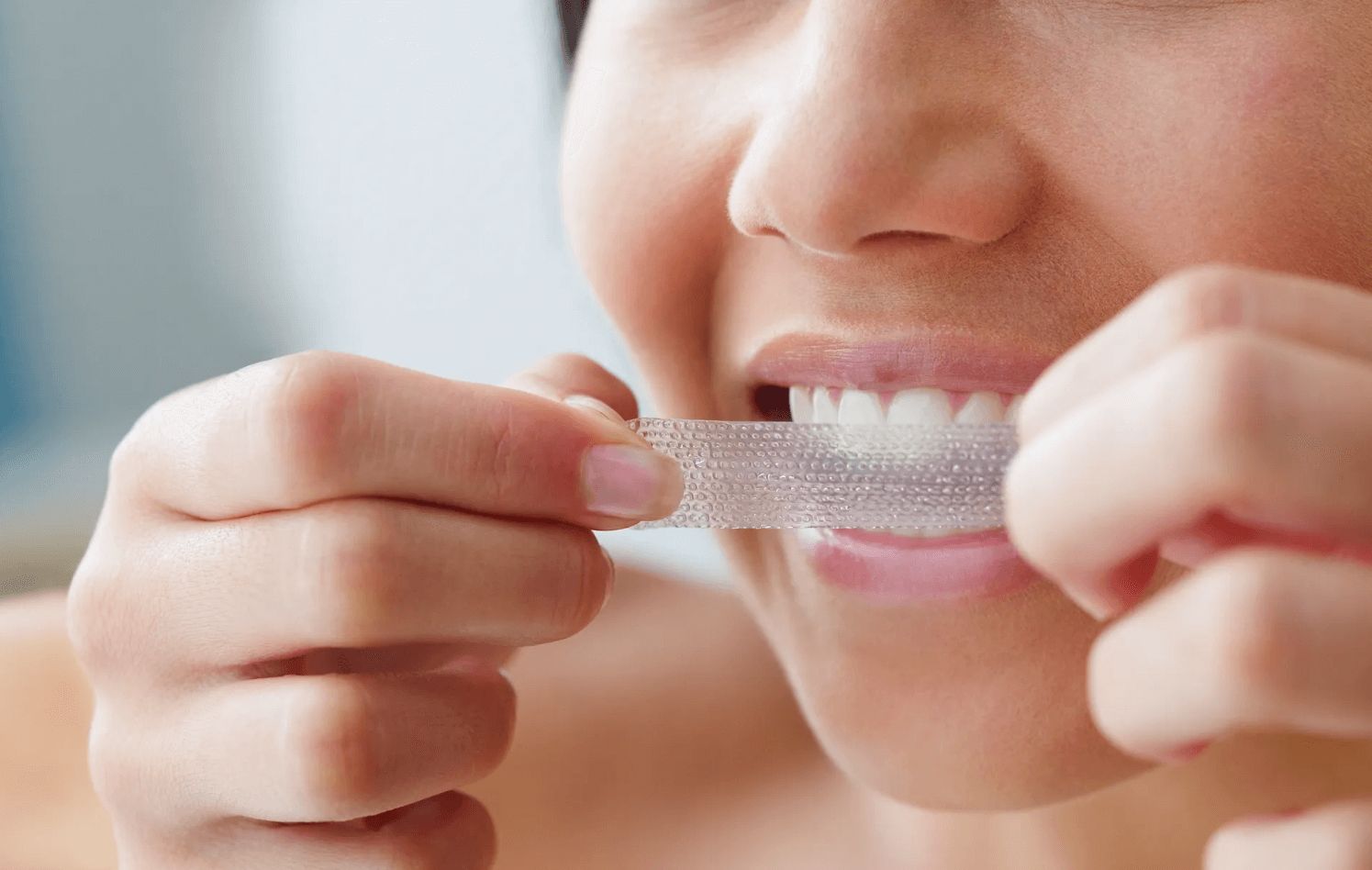- Thriving Guide
- Posts
- What You Should Know About the Side Effects of Teeth Whitening
What You Should Know About the Side Effects of Teeth Whitening
While a brighter smile is appealing, some whitening treatments come with short-term side effects you shouldn’t ignore here’s what to expect and how to stay safe.

Teeth whitening has become one of the most popular cosmetic dental procedures, thanks to its ability to deliver fast, visible results. But while most people walk away with whiter teeth and no problems, others may experience temporary side effects particularly when using over-the-counter products or high-concentration professional treatments.
Before you start shopping for whitening strips or booking an in-office session, it’s important to know what side effects are possible and how to avoid them. Here's what you need to know.
Types of Teeth Whitening Products
Different whitening products contain varying levels of active ingredients, which can affect both results and potential side effects. The most common types include:
Toothpastes with abrasives – Use physical scrubbing agents to remove surface stains.
Whitening gels or strips – Often contain hydrogen peroxide or carbamide peroxide for chemical bleaching.
Professional treatments – Use higher concentrations of bleaching agents, sometimes activated by light or heat.
Whitening rinses – A milder option that can gradually improve brightness.
The active agents in these products, including bleaching peroxides, surfactants, and abrasives, are responsible for lifting stains but they can also irritate your teeth and gums under certain conditions.
Tooth Sensitivity
This is the most commonly reported side effect of teeth whitening. It typically occurs during or shortly after treatment and is often described as a sharp, sudden discomfort in response to hot or cold temperatures.
Why it happens:
Whitening solutions penetrate the enamel and expose the inner dentin layer of the tooth, which contains tiny tubules that lead to the nerves. This exposure can temporarily heighten sensitivity.
What to do:
Use a desensitizing toothpaste with potassium nitrate or stannous fluoride.
Avoid cold or hot foods during the whitening process.
Limit use of whitening products and consult your dentist if you already experience sensitivity.
A 2020 study published in the Journal of the American Dental Association found that up to 60% of people experience temporary tooth sensitivity after whitening treatments, though most cases resolve within a few days.
Soft Tissue Irritation (Gum Sensitivity)
Another common side effect is gum irritation or chemical burns, particularly when the whitening gel comes into contact with soft tissues.
Signs include:
Gums turning white upon exposure
Redness or swelling of the gums
Mild bleeding or tenderness in severe cases
This is more likely to occur with professional-strength products or improper application of at-home kits. While discomfort usually subsides within a few hours, it can be alarming if you're not expecting it.
Tips for prevention:
Use trays that fit properly to avoid spillage onto the gums.
Apply petroleum jelly to the gums before treatment.
Ask your dentist for customized trays if using at-home kits regularly.
Undesirable or Uneven Results
Not all teeth respond to whitening the same way. If your teeth have intrinsic discoloration (staining beneath the surface), results may be uneven or disappointing.
Common issues include:
Gray or translucent teeth after over-whitening, due to enamel erosion.
Spotty whitening on teeth with caps, veneers, crowns, or fillings—these materials don’t change color with whitening agents.
Stains that don't lift, such as those caused by certain medications (e.g., tetracycline).
Pro Tip:
Set realistic expectations. Whitening can enhance your smile but won’t make teeth unnaturally white. Consulting a dentist beforehand can help determine the best approach for your individual needs.
How to Minimize Side Effects
If you’re considering whitening your teeth, taking a few precautionary steps can go a long way in preventing discomfort:
Talk to your dentist to ensure your teeth and gums are healthy enough for whitening.
Use lower-concentration products if you're whitening at home.
Avoid excessive use whitening too frequently can damage your enamel.
Choose products labeled as gentle or designed for sensitive teeth.
According to the American Dental Association, professional whitening supervised by a dentist tends to be safer and more effective than DIY methods especially for people with underlying oral health issues.
When to See a Dentist
While mild sensitivity and irritation are normal, certain symptoms may require professional attention. Contact your dentist if:
Pain persists beyond a few days
You experience sharp or severe tooth pain
Gums bleed heavily or show signs of infection
Whitening doesn't seem to work or creates uneven results
Final Thoughts
Teeth whitening can boost your confidence and refresh your smile but it’s not without potential side effects. Sensitivity and gum irritation are the most common, usually resolving within a few days. To reduce the risk, consult with your dentist before beginning any whitening routine and follow product directions carefully.
If this article helped you better understand the risks and rewards of teeth whitening, share it or subscribe to our newsletter for more expert health insights.